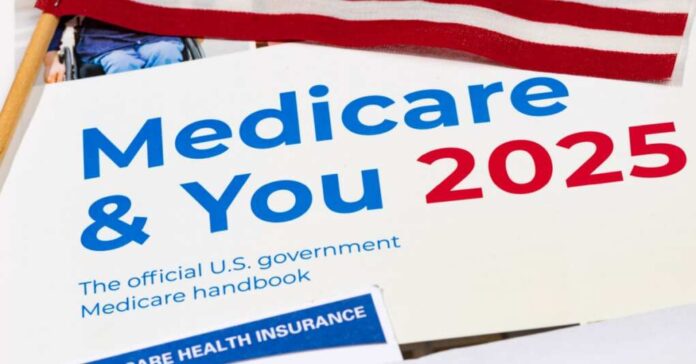A recent analysis from the Congressional Budget Office (CBO) suggests that the Biden administration’s proposed changes to Medicare prescription drug premiums could end up costing taxpayers more than $21 billion over the next three years. This comes after a group of Republican lawmakers—House Ways and Means Committee Chair Jason Smith, House Budget Committee Chair Jodey Arrington, and Senate Budget Committee Ranking Member Chuck Grassley—sent a letter to the CBO, wanting some answers about how much this new program would really cost.
According to the CBO, federal spending is projected to jump between $10 billion and $20 billion in 2025, way above earlier predictions. And, of course, this isn’t sitting well with Republicans. Arrington wasted no time in putting out a press release to say, “Told you so!” He accused the Biden administration of scrambling to patch up the failures of their so-called Inflation Reduction Act by funneling billions to big insurance companies to cover the skyrocketing Medicare premiums.
The CBO analysis found that the average plan bid for standard Part D coverage would jump by a staggering 179% in 2025, in part due to underestimated federal contributions. Arrington doubled down, saying that CBO has confirmed what they all feared—that this last-ditch effort will cost taxpayers $7 billion in 2025 alone and a total of $21 billion over three years.
For those unfamiliar with Part D Plans (PDPs), it covers prescription drugs under Medicare. Around 60% of enrollees are covered through Medicare Advantage plans, with the rest opting for stand-alone drug plans. These plans rely on Medicare to cover the cost of drugs once enrollees hit the catastrophic coverage threshold, meaning they expect regular payments from the government.
The CBO expects several changes to these plans by 2025:
– Monthly premiums would drop by $15 for stand-alone prescription drug plans (PDPs), but this would lead to a reduction of $2.9 billion in federal funding.
– Caps on premium increases at $35 for 2024 and 2025 would require another $1.8 billion.
– Risk corridor subsidies (fancy speak for helping insurers manage risk) would cost $250 million.
All these tweaks add up to about $5 billion in increased federal spending in 2025 alone, with an additional $2 billion in long-term costs stretching until 2034.
The Inflation Reduction Act of 2022 already changed the Medicare Part D program, which was initially expected to cost $30 million over ten years starting in 2025. The new changes have led to increased premiums and a decrease in the number of available plans. It has also left seniors with fewer options and higher out-of-pocket expenses.
Grassley said that the Democrats are responsible for creating this predicament for seniors. He said the administration’s shift of costs to the federal government is just an “election-year ploy” to distract from the problems caused by their earlier changes to Medicare. According to Grassley, instead of fixing the problems, the Biden administration just threw taxpayer dollars at them, leaving Americans to foot the bill.
Chiquita Brooks-LaSure, from the Centers for Medicare & Medicaid Services (CMS), tried to put a positive spin on things. In a press release, she highlighted how the Biden administration is dedicated to making sure people can access new and affordable treatments through the Medicare Drug Price Negotiation Program. They say this program will save Medicare a lot of money. However, her bright outlook doesn’t match what the Congressional Budget Office (CBO) found, which suggests that taxpayers might end up paying billions in subsidies to insurance companies.
While the new subsidies will lower costs for those enrolled in Part D plans in 2025, 2026, and 2027, the policies for the last two years are still unclear, leaving the budgetary outlook a bit murky.
The CBO also pointed out that $100 million in federal payments will be directed to organizations managing Part D plans in 2025. Normally, these costs would be covered by enrollees through premiums, but thanks to the new subsidies, the federal government is stepping in to pick up a larger share of the tab—at taxpayer expense, of course.





















